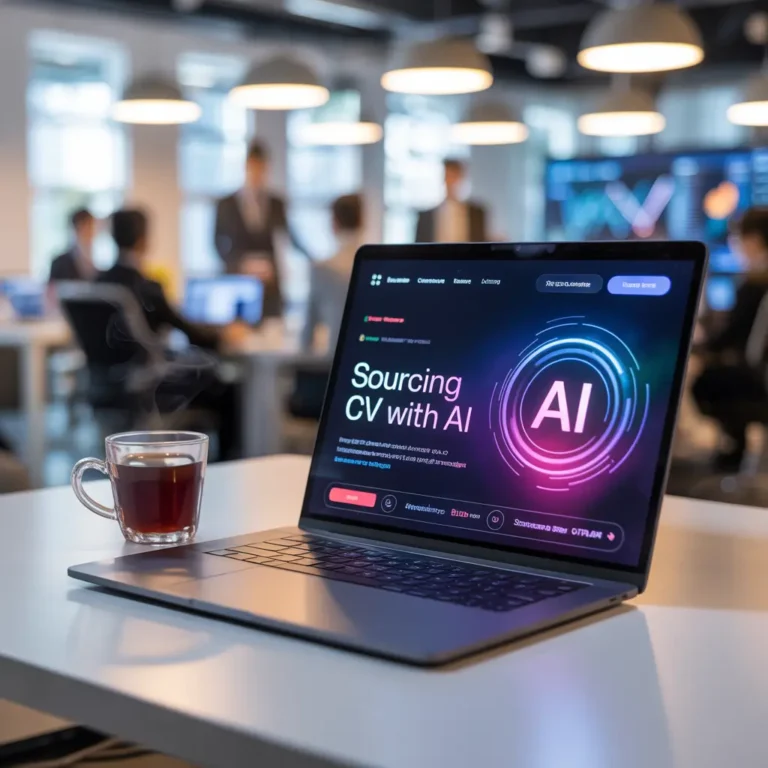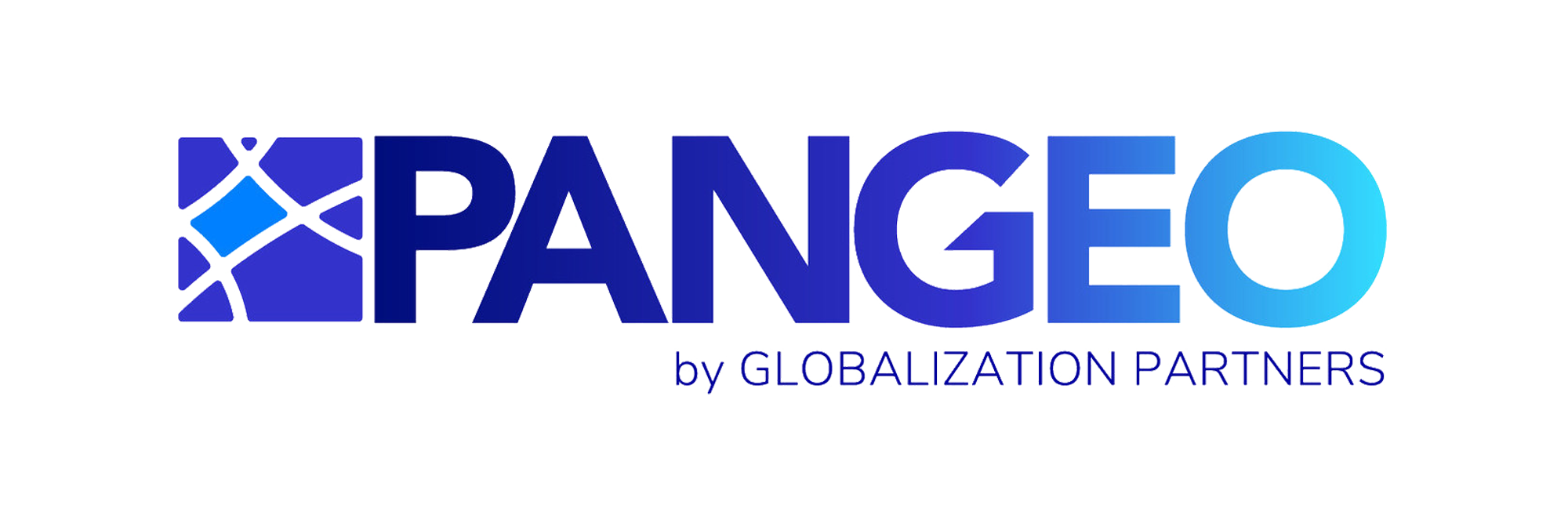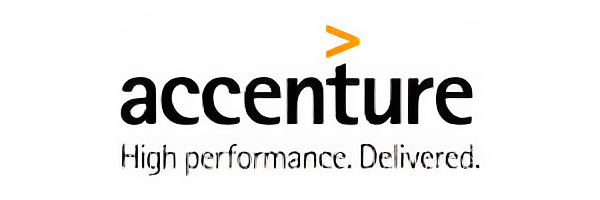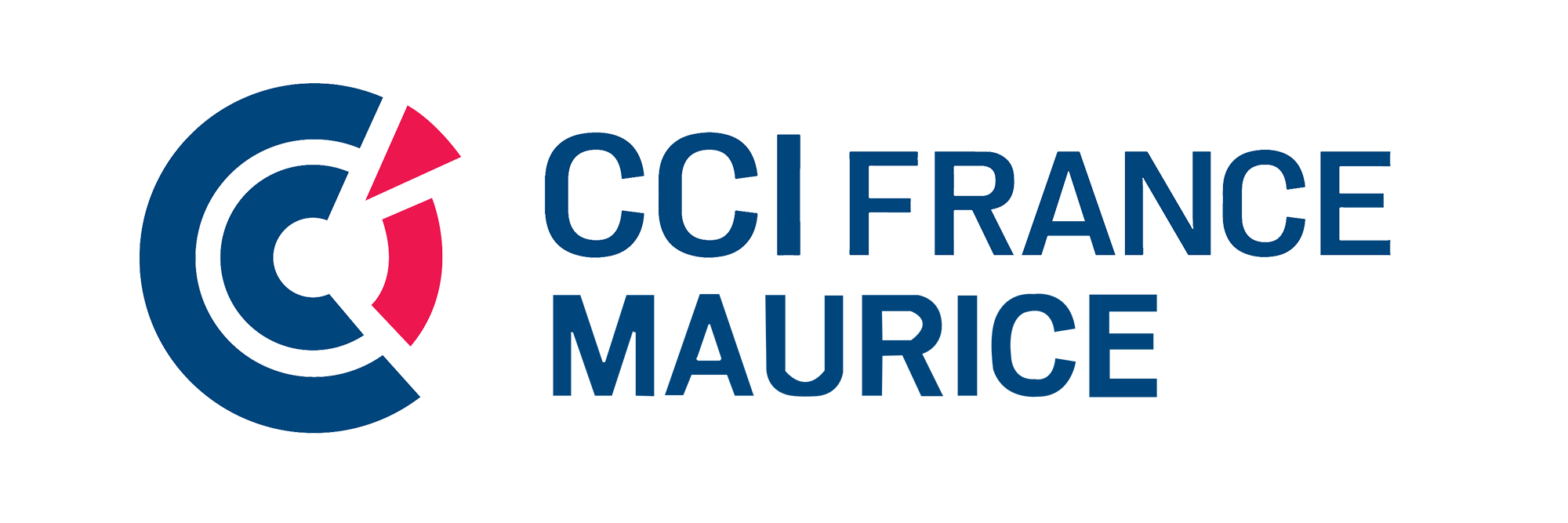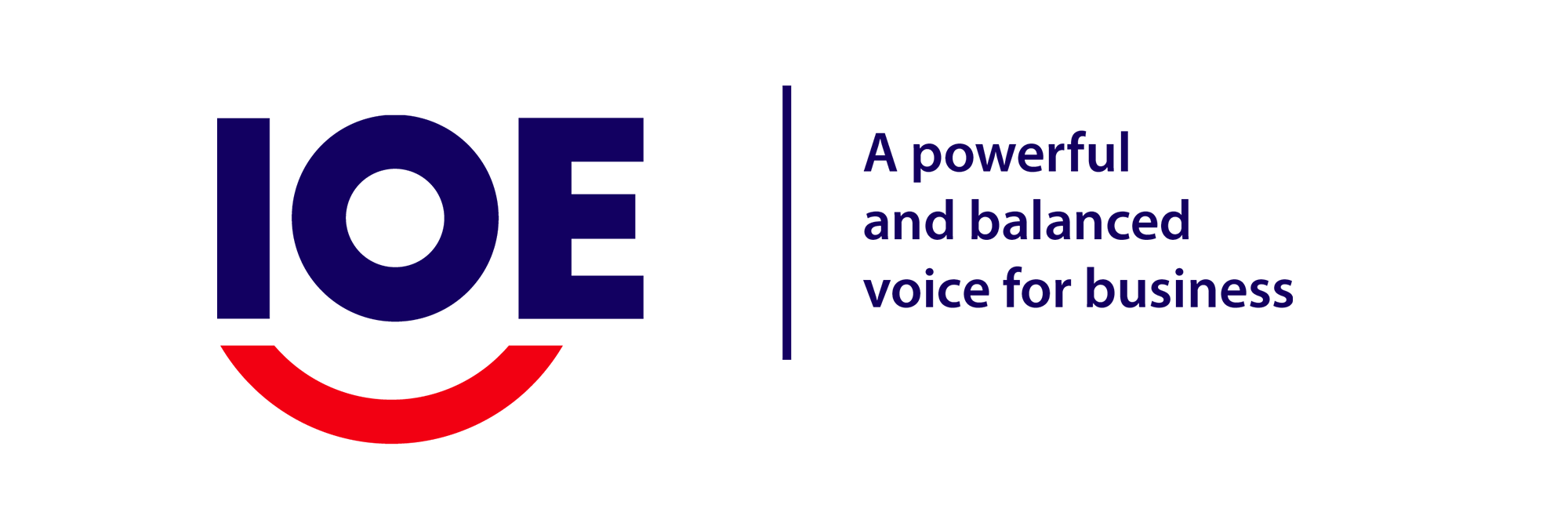In 2025, outsourcing and international recruitment are no longer just levers for cost reduction. They have become strategic pillars supporting business transformation in an environment shaped by a global talent shortage, digitalization, and new employee expectations.
High-performing organizations are no longer content with simply finding “cheaper” options: they want to recruit better, faster, and smarter, while strengthening their agility and capacity for innovation. Africa, Asia, Eastern Europe, and Latin America are emerging as strategic hubs, and specialized providers are offering turnkey solutions to meet this new reality.
In this article, we explore the major 2025 trends reshaping outsourcing and international recruitment, and explain how to leverage them to optimize your HR and operational strategy.
From Cost Reduction to Value Creation
Historically, outsourcing was synonymous with lowering costs. Today, the focus has shifted: it’s no longer just about saving money, but about creating added value through access to rare skills, improved responsiveness, and industry innovation.
In 2025, successful companies are those that:
Use outsourcing to quickly access expertise unavailable locally,
Transform their operational model to gain flexibility,
Integrate providers as true strategic partners rather than mere subcontractors.
Concrete example: An industrial SME outsourcing its predictive maintenance to an African AI specialist is not just cutting costs it is improving equipment performance and reducing production downtime.
Africa, the New Epicenter of International Recruitment
With its young, skilled, and connected population, Africa is establishing itself as a strategic destination in 2025. Countries such as Morocco, Senegal, Côte d’Ivoire, Kenya, and South Africa combine multilingual capabilities, time zones aligned with Europe, and competitive costs.
Businesses can find there:
IT and digital talent for software development, cybersecurity, and AI,
Multilingual customer support professionals,
Industry experts in finance, accounting, engineering, and marketing.
This growth is fueled by investments in high-speed internet connectivity, special economic zones, and technical training.
The Hyper-Specialization of Providers
The 2025 trend shows a break from the “generalist” outsourcing model. Providers are becoming highly specialized in niche areas, offering a level of expertise difficult to develop in-house.
Examples of high-demand specializations include:
IT recruitment outsourcing with global sourcing and automated technical testing,
Outsourced management of international HR, including multi-country legal compliance,
Outsourcing of supply chain and e-commerce logistics,
Expert providers in multi-channel B2B lead generation.
The result: Companies benefit from highly specialized, immediately operational expertise without investing in training or tools.
The Rise of the “Remote First” Model
By 2025, international remote work is no longer an exception but a standard. This is transforming how outsourcing and international recruitment are approached.
The Remote First model allows companies to:
Expand their talent pool globally,
Reduce office and infrastructure costs,
Build optimized hybrid teams (internal + outsourced).
Providers able to deliver remote teams already trained for international collaboration gain a decisive advantage.
Legal Compliance and Risk Management as Priorities
International recruitment and outsourcing involve multiple labor laws, tax regulations, and data protection requirements.
In 2025, companies favor providers that can:
Manage payroll and contracts in compliance with each country,
Ensure data security and confidentiality (GDPR, ISO 27001),
Reduce litigation risks through solid contracts and ongoing legal monitoring.
A “compliance by design” approach becomes a decisive factor in choosing an outsourcing partner.
Integrating AI and Automation into Outsourced Services
Outsourcing providers are massively integrating AI, machine learning, and process automation to improve quality, reduce turnaround times, and minimize human error.
Application examples:
Multilingual chatbots for customer support,
AI-powered HR tools to screen and evaluate candidates,
Robotic Process Automation (RPA) for billing or reporting.
By 2025, outsourcing to a provider that does not master AI means risking an outdated service in a competitive market.
Outsourcing as an ESG and Employer Branding Lever
Companies are now integrating outsourcing into their ESG strategies. By selecting partners who promote local employment in emerging countries, ensure fair working conditions, and meet environmental standards, they strengthen their brand image with customers, investors, and talent.
At the same time, offering international career opportunities to internal staff (mobility, multicultural projects) becomes a powerful retention and attraction tool.
Customization of Contracts and Collaboration Models
In 2025, outsourcing models are increasingly flexible and tailor-made:
Scalable contracts allowing rapid adjustment of service volume or nature,
Hybrid collaboration where providers and in-house teams work as one unit,
Risk- and performance-sharing through results-based payment models.
This customization addresses the growing need for operational agility.
Performance Indicators Become Strategic
Companies no longer settle for simple “deliverables”: they require precise KPIs to measure the impact of outsourcing or international recruitment.
In 2025, the most common indicators include:
Time to hire (recruitment lead time),
Cost per hire or per project delivered,
Customer satisfaction rate,
Quality and compliance of deliverables,
Overall ROI of outsourcing.
The Rise of Long-Term Partnerships
The client–provider relationship is evolving into a strategic partnership:
Multi-year collaboration,
Provider involvement in strategic planning,
Shared data and common objectives.
In 2025, loyalty to a high-performing provider becomes a competitive advantage, ensuring continuity, skill development, and trust.
In 2025, outsourcing and international recruitment are no longer mere cost-cutting tools they are accelerators of performance, innovation, and resilience.
By choosing the right partners, integrating AI and automation, ensuring compliance, and aligning these strategies with ESG objectives, companies can position themselves for success in a globalized, competitive environment.
The future belongs to those who can combine global talent, technology, and strategy to create business models that are more agile, more efficient, and more human.

